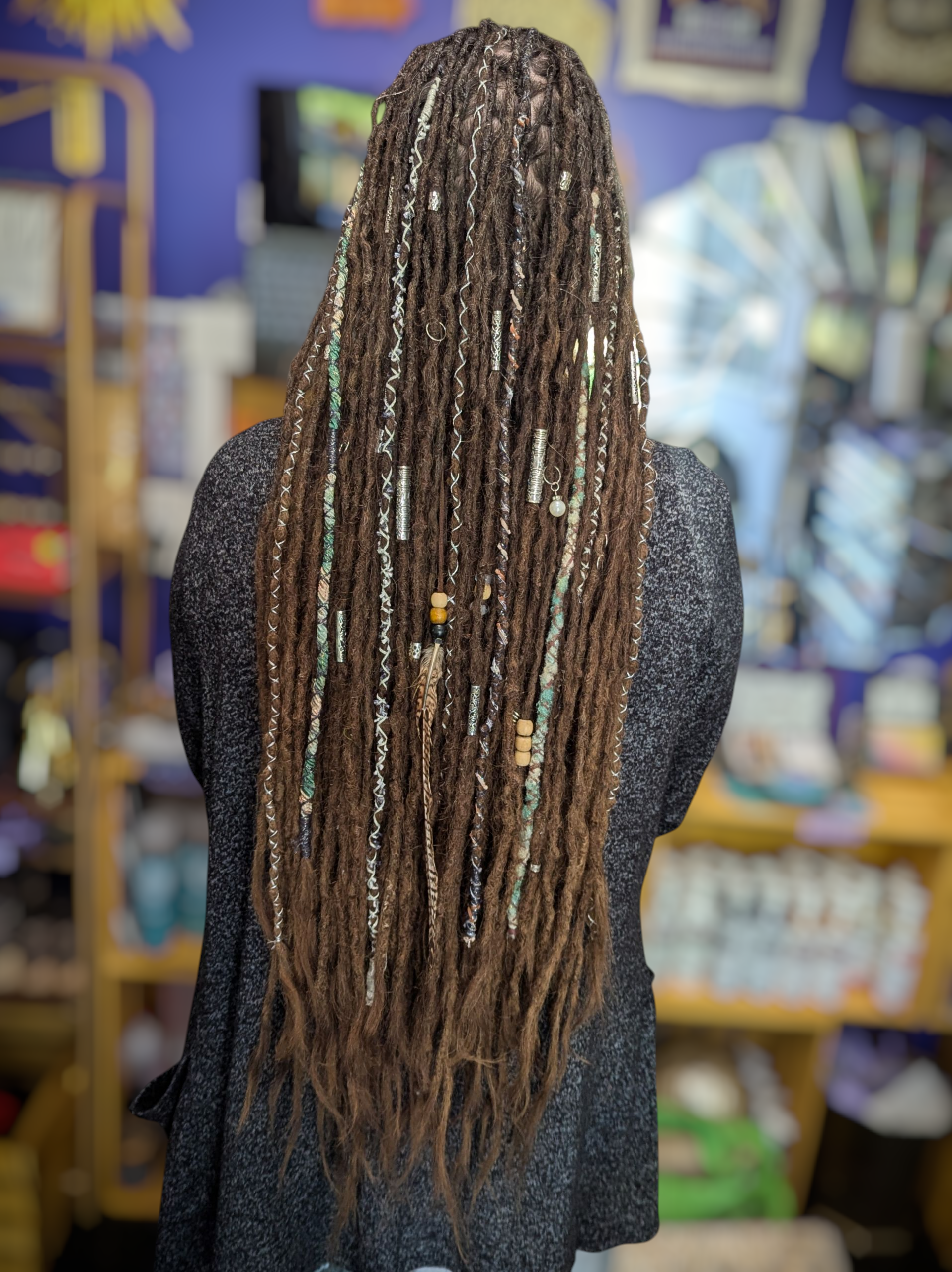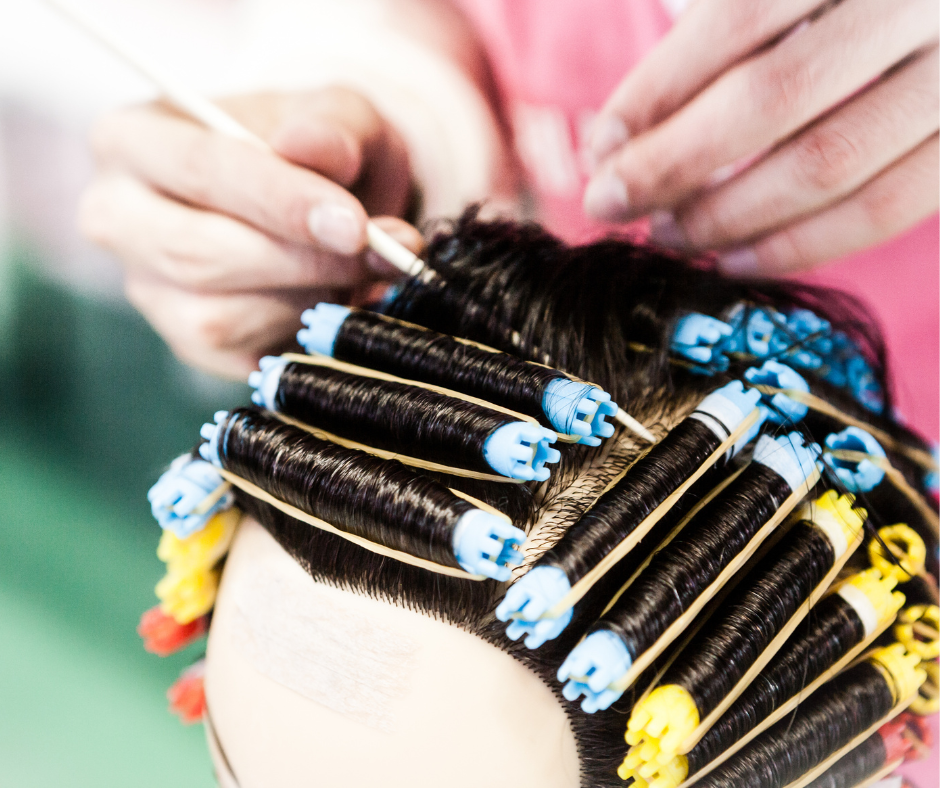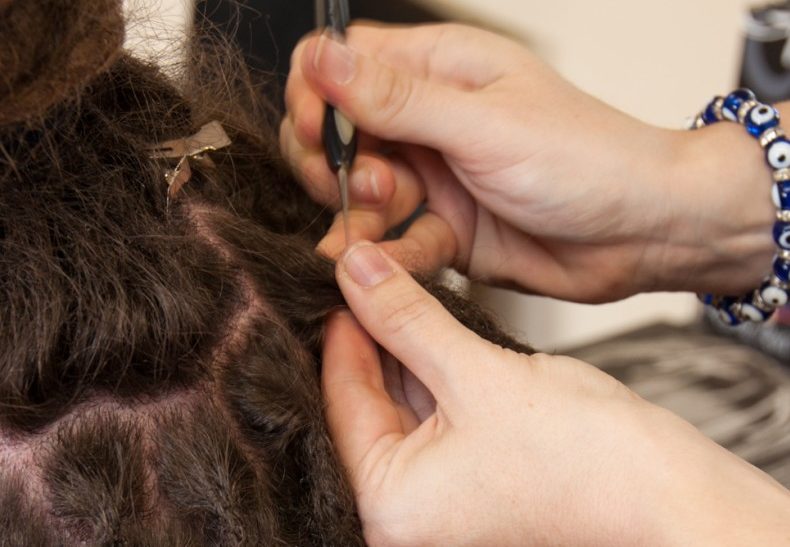We can’t recommend AGAINST interlocking enough! It may seem like an easy way to keep your locks tidy-looking, but it usually does NOT work out well in the long-run. When silky, Caucasian hair is twisted against itself (such as with interlocking or braiding) the hair either does not lock at all, or it takes a VERY long time to do so. ecause of the nature of how interlocking is done in some individuals, interlocking will case dreadlocks to split from the roots and, in severe cases, be difficult or impossible to fix. Some also believe that when interlocking is used to tighten new growth that the hair gets pulled too tight and causes too much tension on the hair at the roots leading to potential hair loss or thinning. However, by far and large the biggest issue we come across with dreadlocks that have been interlocked is how unnaturally dense interlocked growth becomes. This leads to the dreadlocks holding a lot of excessive product (soap and/or wax, even if residue-free) and moisture ultimately leading to issues with mold (a.k.a. “dread rot”).









